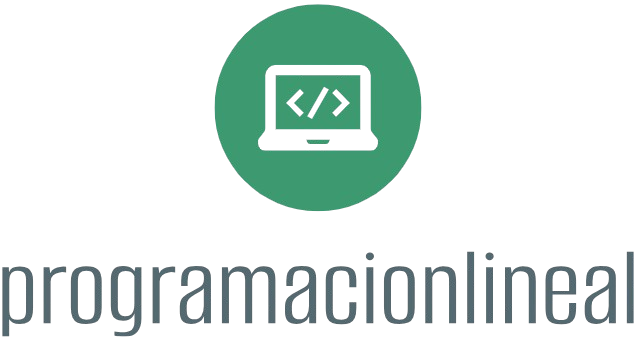Understanding and implementing design patterns is a crucial skill for software developers, as it allows for creating solutions that are more maintainable, reusable, and adaptable to change. Design patterns provide a common vocabulary and a proven approach to solving common design challenges. Here’s a structured guide to understanding and implementing design patterns:
How to Understand and Implement Design Patterns
Step 1: Learn About Design Patterns
- What Are Design Patterns?
Design patterns are generalized solutions to recurring design problems in software development. They describe best practices that can be applied to various scenarios in object-oriented programming.
- Categories of Design Patterns:
– Creational Patterns: Deal with object creation mechanisms. Examples include Singleton, Factory Method, and Builder.
– Structural Patterns: Focus on object composition and how objects can work together. Examples include Adapter, Decorator, and Composite.
– Behavioral Patterns: Concerned with object communication and responsibility. Examples include Observer, Strategy, and Command.
- Study the Purpose and Intent:
Understand the purpose and intent of design patterns. Each pattern solves a specific problem, so it’s crucial to know what problem a pattern addresses and how it can be beneficial.
Step 2: Familiarize Yourself with Common Design Patterns
Start with some of the most commonly used design patterns. Here’s a brief overview of a few key patterns:
- Singleton: Ensures a class has only one instance and provides a global access point to it.
– Use cases: Managing shared resources, like a configuration object.
- Factory Method: Defines an interface for creating an object but allows subclasses to alter the type of objects that will be created.
– Use cases: When a class cannot anticipate the type of objects it needs to create.
- Observer: Defines a one-to-many dependency between objects so that when one object changes state, all its dependents are notified and updated.
– Use cases: Implementing event handling systems or model-view-controller (MVC) architectures.
- Decorator: Allows behavior to be added to individual objects, either statically or dynamically, without affecting the behavior of other objects from the same class.
– Use cases: Extending functionalities of UI components in a graphical user interface (GUI).
- Strategy: Defines a family of algorithms, encapsulates each one, and makes them interchangeable. This allows the algorithm to vary independently from clients that use it.
– Use cases: Providing different sorting algorithms.
Step 3: Implement Design Patterns in Code
- Choose a Pattern: Select a design pattern that can solve the problem you are working on in your application.
- Study Examples: Look at examples of that pattern implemented in the programming language you are using. Online resources, textbooks, and tutorials often provide code snippets and use cases.
- Code Implementation: Implement the pattern in your project. Ensure you follow the guidelines of the pattern meticulously, focusing on how the components interact with each other.
- Refactor Existing Code: Consider refactoring an existing piece of code in your project to apply a design pattern. This can help reinforce your understanding of how design patterns enhance code structure and maintainability.
Step 4: Practice Regularly
- Real Projects: Apply design patterns in real-world projects. This practical experience helps deepen your understanding and lets you see the patterns’ benefits.
- Challenges: Utilize coding challenge platforms to find problems that can be solved using design patterns. Solve these with different patterns to understand their applications better.
- Collaborate with Others: When working on team projects, discuss design patterns with teammates. Reviewing code that utilizes design patterns can provide insights into best practices.
Step 5: Study Design Pattern Resources
- Books:
– “Design Patterns: Elements of Reusable Object-Oriented Software” by Erich Gamma et al.: This book introduces the foundational design patterns.
– “Head First Design Patterns” by Eric Freeman and Bert Bates: An engaging and easy-to-understand introduction to design patterns.
- Online Resources: Explore online platforms, blogs, and websites that focus on design patterns and software design principles:
– Refactoring.guru: Offers clear explanations and examples of various design patterns.
– SourceMaking: Provides a comprehensive guide to design patterns and their implementations.
- Courses: Look for online courses dedicated to design patterns, such as those on Udemy, Coursera, or Pluralsight, where you can learn through hands-on projects and examples.
Conclusion
Understanding and implementing design patterns is a valuable skill that can significantly improve the quality and maintainability of your code. By familiarizing yourself with the principles of design patterns, practicing their implementation, and utilizing available resources, you can become proficient in solving common design problems in software development. Design patterns not only aid in creating robust software but also foster better collaboration and communication within development teams.











